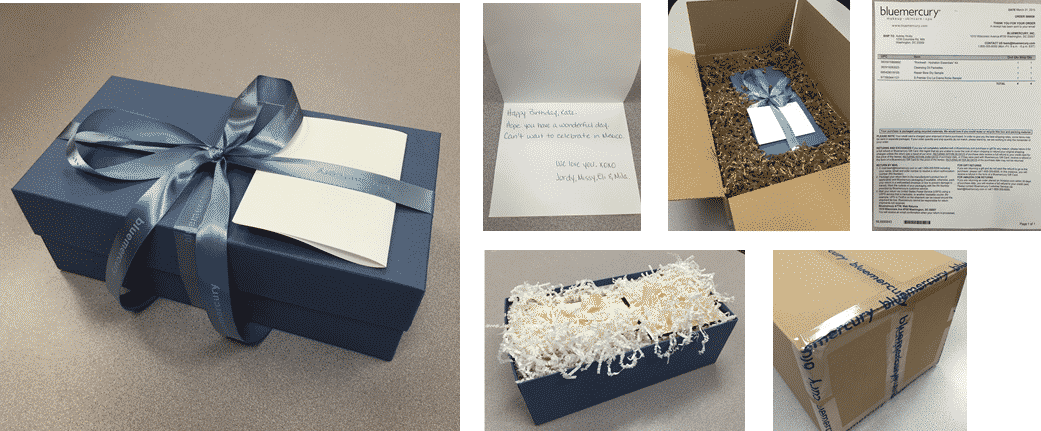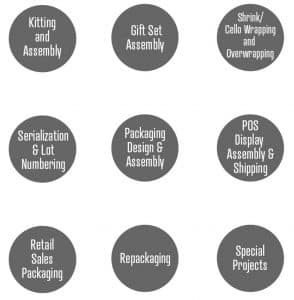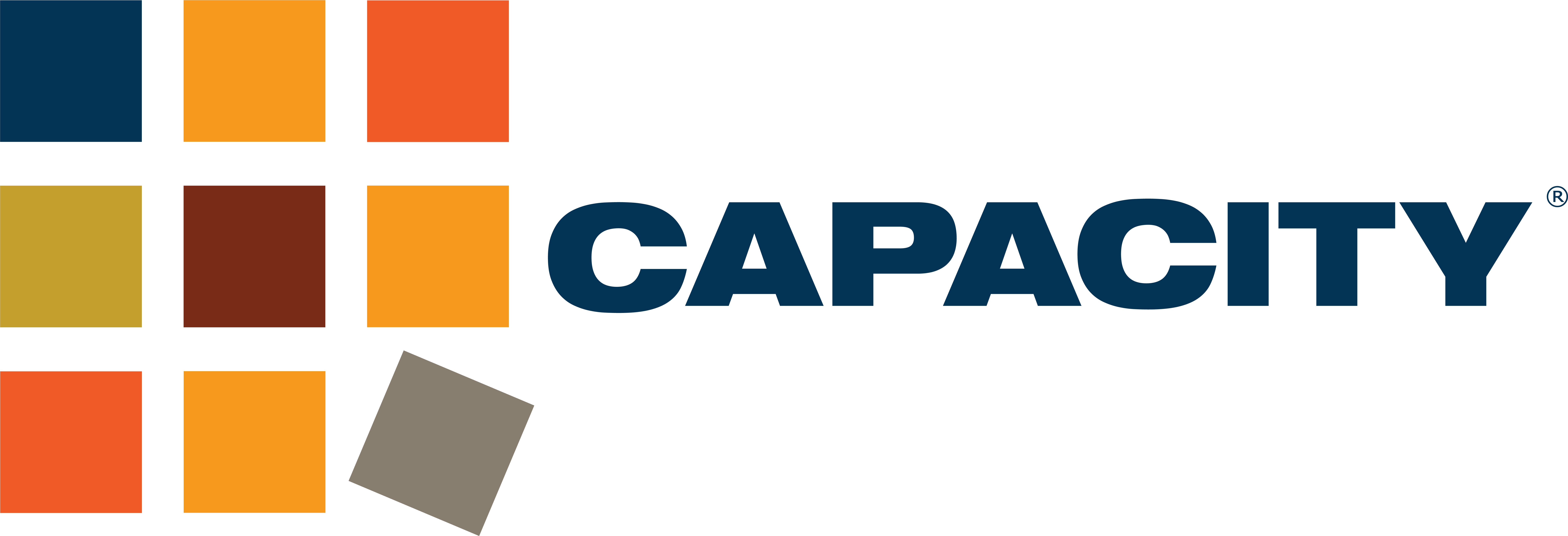Last month we held a webinar to explore the fundamental elements of order fulfillment. Capacity's co-founder and CSO Thom Campbell identified five key areas to focus on if you truly want to develop a fulfillment process that keeps customers coming back to your business time and time again. To follow up on that event we'll be unpacking each of these elements in more detail. Today we look at fulfillment consistent with your brand, and you can read the rest of the entries in this compelling series under the tag Fulfillment Fundamentals. 
“Your vision is very important. You should know whom you’re selling to, what your marketing and advertising says about you, and whom it’s speaking to. Me personally, I don’t try to please everyone. I understand who I am selling to and I work towards that vision all the time.”
~Ralph Lauren
Order fulfillment has the ability to impact a great deal about your business, not least of which is brand recognition and reputation. Packaging, shipping, and the value-added services that feed into them will all communicate something about your brand to the end customer, whether you're aware of it or not. Most businesses have several functional challenges to face, many of which take priority over order fulfillment. Product development, merchandising, marketing and the all-important sales effort are all key areas in which you'll need to deliver quality to succeed, but none of that counts if you can’t get deliver your products in the time and manner your customers expect.
Freeing up time to focus on those critical challenges most companies face is the main reason to outsource your order fulfillment. In some cases, it isn't appropriate, but almost every brand can benefit in some way by bringing in outside assistance. There are, of course, some brand elements
to clearly define and understand before you begin any decision-making process to outsource. These include:
- To whom are you selling and what does your brand mean to them?
- What do you promise and what do customers expect from you?
- What are your limitations? How do they impact your ability to meet or exceed those expectations?
- What materials and presentation requirements do you have to meet brand expectations?
- What would it take to exceed expectations?
At the core of these questions is how you’ll work with a third party to keep these elements of your brand consistent and still provide the right level of order fulfillment. Ideally, you'll also find areas that a provider can help you improve, to make more of your investment in outsourcing this function. Value-added services, for example, can help you to improve quality and packaging, consumer-facing features that build, drive and benefit the brand.

Exceeding Expectations with Results (and Repetition)
Customer satisfaction - and, by extension, the brand reputation that flows from it - is a match between expectations and results. The results you have a good degree of control over, but expectations are often set by outside influences. Expectations are higher than ever due to Amazon’s ability to deliver in ever-decreasing lead times and the standards they set across the industry. Along with other big name online retailers, Amazon sets the bar extremely high, to the extent that the rest of us must develop strategies to meet and manage those expectations, which contribute to the heightened sense of consumer entitlement. Your brand promise is the start of setting customer expectations. They have a certain level of presentation and quality associated with your product and expect to see that, or better, every time they receive a delivery. Once you understand those levels of service it's much easier to work with your fulfillment team or an outside provider to set up processes and systems that can meet those expectations on a reliable basis. From there, you'll need to explain the external factors that work to shape a customer's perspective on your brand. Competition, suppliers, and prevailing industry service levels can all influence this perspective.
Our brands are both what we set out to make them and what they become; they have a life of their own, despite our best efforts to control them. Hearing the voice of the customer is one critical way to refine your understanding of your brand. It's easier than ever to solicit and receive such feedback. In fact, it will often be made known to both your business, your competitors, and the viewing public on social media, whether you ask or not. The underlying factor in all of this is consistency. Once you've established what customers expect of your brand, delivering them time after time is the only way to convince people that your brand is the real deal. Fall down too many times in any key area and you can be sure that customers will not only tell you about it and alter their opinion of your brand, but often they'll tell others and bring that reputation down further still. For that reason alone, reliable and consistent levels of order fulfillment are fundamental building block for your brand.
A Note on Employees
Customers rarely consider the workers who actually touch products in the warehouse, a tough working environment which works to strict deadlines. As a brand or operations manager, however, it's not something you can afford to overlook or underestimate. Whether you have full-time or temporary workers, provide benefits like healthcare and paid time off or not, this all has a huge impact on worker satisfaction and performance. If you offer pay-for-performance, how do you define ‘performance'? If it’s just throughput, you’ll get a lot of work done fast, but not necessarily well. Conversely, f you don’t offer pay-for-performance, what incentives do you have for hourly associates to perform?
If you provide a definition of culture that is as aspirational as the products you sell, workers at every level know they can earn more by furthering the company’s goals. Then and only then do you have a great platform on which to build your business. Most 3PLs need to use temporary labor to manage the seasonality and cyclicality their clients are looking to escape. Those fluctuations can kill any company if not properly addressed, and you need to understand you cannot just throw bodies at volume spikes. You can mobilize and deploy well-trained, highly-motivated teams at these spikes and keep your customers loving your brand, all of which feeds back into that core of a consistent brand that delivers for its customers time and time again to keep them coming back for more.
As well as excellent employees, you'll need to bring in appropriate technology to maintain that brand consistency. This is where the third fulfillment fundamental comes in, so join us next week to learn how to choose the tech that gets the job done (or cheat and skip ahead with this
full replay of our webinar on YouTube!)




